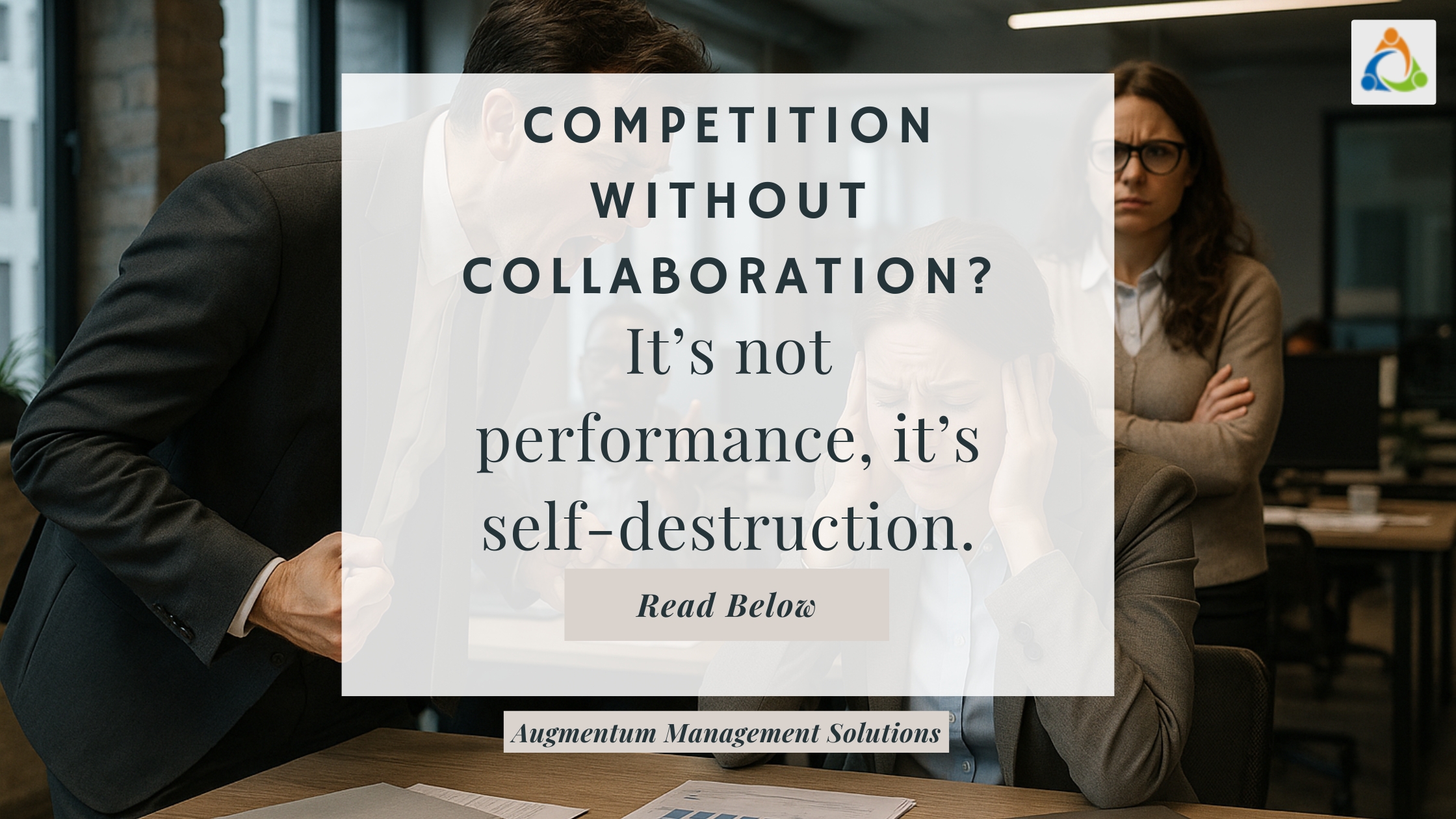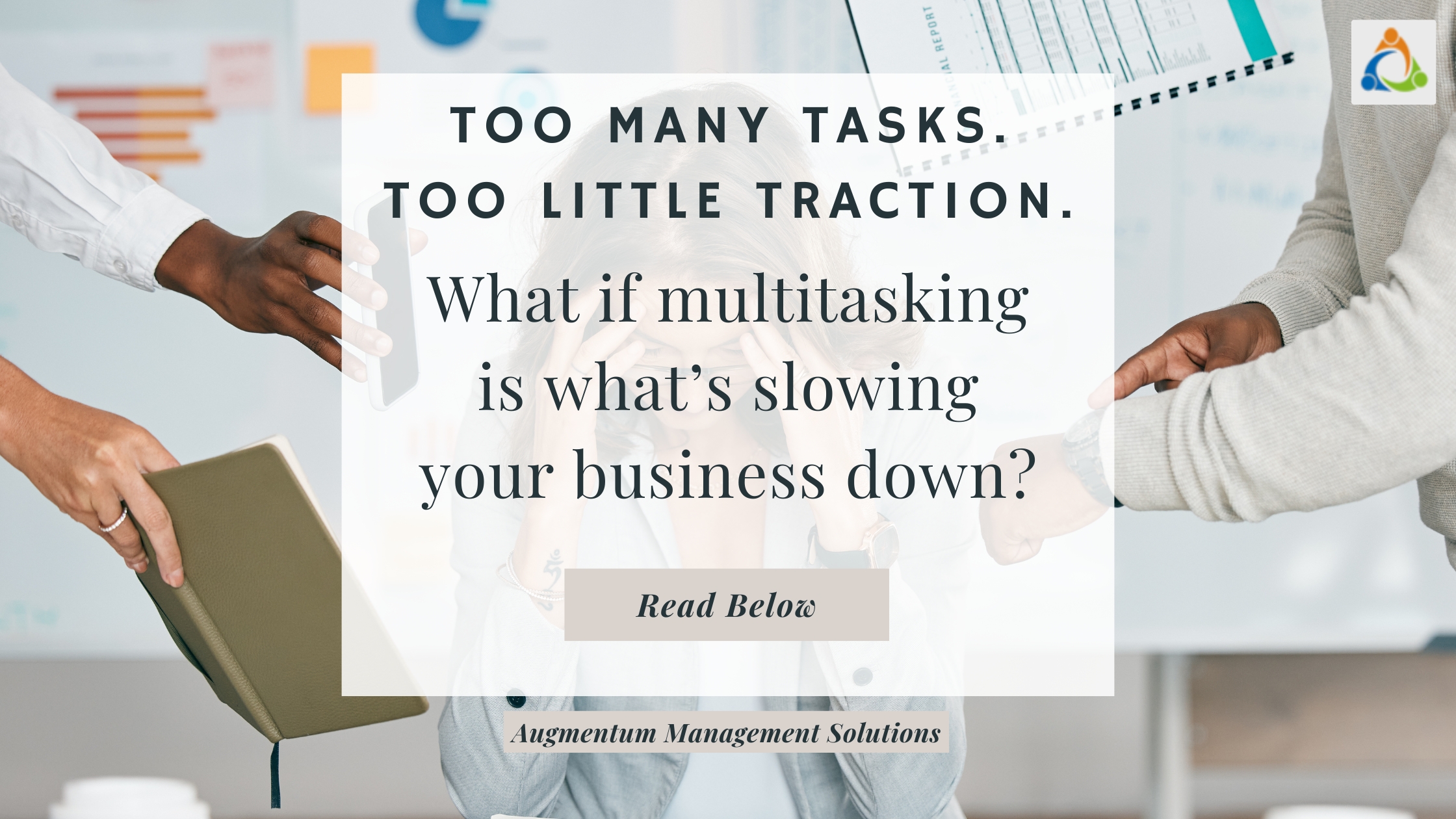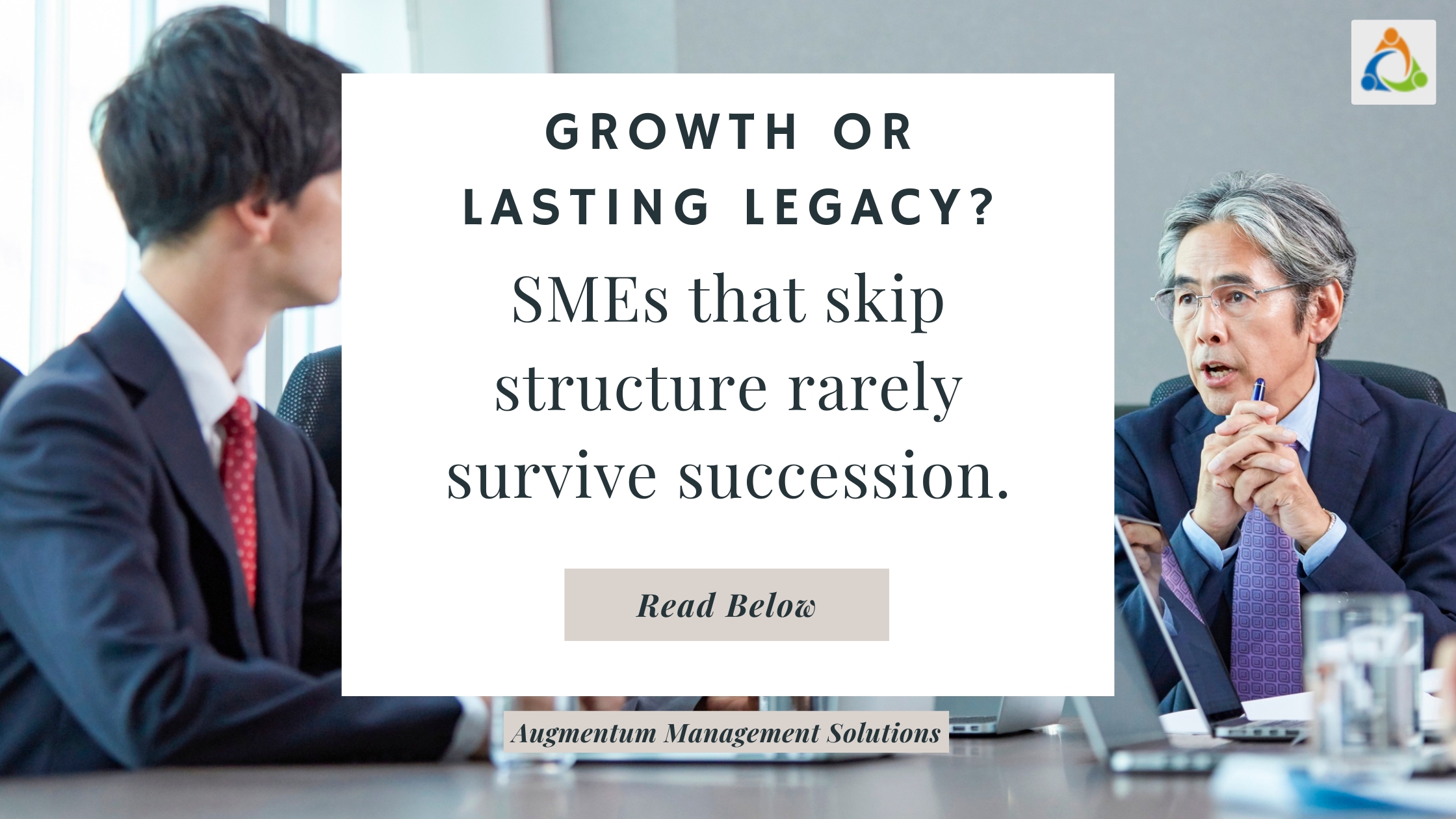Introduction
Established in 1981, the company specializes in manufacturing fabricated components for OEMs, with a current turnover of ₹20 crores. Initially based in Bhandup, the founder, Mr. Arvind Khandelwal, expanded the business to a world-class manufacturing unit in Nasik. Known for his commitment to quality, Mr. Khandelwal passed the baton to his sons, Mr. Darshan and Mr. Dhruv, after 20 years. Under their leadership, the business invested ₹10 crores in advanced machinery and technology, achieving ₹20 crores in sales within five years. The workforce grew from 20 to 150, with structured managerial roles added to the organization. However, despite these advancements, operational challenges began to surface.
The Challenge
The company experienced a sudden decline in business performance, marked by:
- Cash Flow Crunch: A significant dip in liquidity, previously well-maintained.
- Customer Dissatisfaction: Quality and delivery issues, leading to customer recalls and increased service costs.
- Stock Mismanagement: Inventory inefficiencies and wastage.
- Profit Erosion:: Declining margins, necessitating external financing for working capital.
- Lack of Costing and Financial Planning:: The company had not revised its pricing or conducted proper cost analysis for over five years.
- Operational Overload: Both brothers were overburdened, with no delegation or accountability mechanisms in place.
- ERP Implementation Delays: Hindered by organizational misalignments and resistance.
- Misaligned Strategies: Gaps between strategy and execution, and frequent policy changes without considering employee readiness.
The management’s attempts to implement accountability faltered due to unclear roadmaps and resistance to change.
Change Management Process
To address these challenges, a structured change management process was implemented, focusing on system improvements and thought process transformation:
The process included:
1.Strategic Realignment:s
-
Conducted gap analyses for systems and thought processes
-
Defined a clear strategy and roadmap for change.
2. Organizational Structuring:
- Redefined roles and responsibilities at all levels.
- Established a second line of leadership with accountability measures.
3. Process Optimization:
- Mapped and documented processes (SOPs, procedures).
- Introduced Key Performance Indicators (KPIs) for each department.
- Implemented a review mechanism with management and HODs.
4. Cultural Transformation
- Shifted the mindset of management and employees toward discipline and trust.
- Addressed insecurities and prejudices through regular interactions and open communication.
- Introduced a 360-degree review system to ensure transparency.
5..Employee Empowerment:
- Delegated responsibilities effectively to reduce operational overload.
- Conducted training sessions to instill a readiness for change.
6.ERP Implementation:
- Aligned ERP deployment with the company’s strategic goals.
- Ensured employee involvement and readiness to adopt the system.

Results Achieved
The change management process delivered transformative results:
-
Improved cash flow and profitability.
-
Enhanced customer satisfaction through better quality and timely deliveries.
- Streamlined inventory management, reducing wastage and costs.
- Established a culture of accountability and discipline across the organization.
- Successful ERP implementation, supporting scalability and operational efficiency.
Conclusion
This case demonstrates the importance of aligning strategy, processes, and culture to drive sustainable growth. Through focused interventions and disciplined execution, the company regained its competitive edge and positioned itself for long-term success




